References
Srikanth, A., Sathish, M., & Sri Harsha, A. (2013). Application of ozone in the treatment of periodontal disease. Journal of Pharmacy and Bioallied Sciences, 5(5), 89. https://doi.org/10.4103/0975-7406.113304
Pattanaik, B., Pattanaik, S., Naitam, D., Jetwa, D., Manglekar, S., & Dani, A. (2011). Ozone therapy in dentistry: A literature review. Journal of Interdisciplinary Dentistry, 1(2), 87. https://doi.org/10.4103/2229-5194.85024
Shoukheba, M. Y. M., & Ali, S. A. (2014). The effects of subgingival application of ozonated olive oil gel in patient with localized aggressive periodontitis. A clinical and bacteriological study. Tanta Dental Journal, 11(1), 63–73. https://doi.org/10.1016/j.tdj.2014.04.001
Tiwari, S., Avinash, A., Katiyar, S., Aarthi Iyer, A., & Jain, S. (2017). Dental applications of ozone therapy: A review of literature. Saudi Journal for Dental Research, 8(1–2), 105–111. https://doi.org/10.1016/j.sjdr.2016.06.005
Jerome Sarris, J. W. (2014). Clinical Naturopathy (2 edition).
Eke, P. I., Dye, B. A., Wei, L., Thornton-Evans, G. O., & Genco, R. J. (2012). Prevalence of periodontitis in adults in the united states: 2009 and 2010. Journal of Dental Research, 91(10), 914–920. https://doi.org/10.1177/0022034512457373
Parkar, S. M., Shah, K., Darjee, N., & Sharma, A. (2017). Efficacy of ozonated water and chlorhexidine mouth rinse against plaque and gingivitis : A randomized clinical trial, 81–85. https://doi.org/10.4103/2468-6859.204702
Sadatullah, S. (2012). Ozonated water an adjunct to tooth brushing and flossing. Myth or reality?, 1847–1852.
Herring, M. F. S. (2016). Illustrated Anatomy of the Head and Neck 5th Edition.
Life Extension. (2013). Disease Prevention and Treatment.
Mathews, M. J., Mathews, E. H., & Mathews, G. E. (2016). Oral health and coronary heart disease. BMC Oral Health, 16(1), 1–10. https://doi.org/10.1186/s12903-016-0316-7
Mozaffarian, D., Benjamin, E. J., Go, A. S., Arnett, D. K., Blaha, M. J., Cushman, M., … Turner, M. B. (2016). Heart disease and stroke statistics-2016 update a report from the American Heart Association. Circulation (Vol. 133). https://doi.org/10.1161/CIR.0000000000000350
Nogales, C. G., Ferrari, P. H., Kantorovich, E. O., & Lage-Marques, J. (2008). Ozone therapy in medicine and dentistry. Journal of Contemporary Dental Practice, 9(4), 1–9.
Grossman, S. C. (2013). Porth’s Pathophysiology: Concepts of Altered Health States.
Huth, K. C., Quirling, M., Lenzke, S., Paschos, E., Kamereck, K., Brand, K., … Ilie, N. (2011). Effectiveness of ozone against periodontal pathogenic microorganisms. European Journal of Oral Sciences, 119(3), 204–210. https://doi.org/10.1111/j.1600-0722.2011.00825.x
Gupta, G., & Mansi, B. (2012). Ozone therapy in periodontics. Journal of Medicine and Life, 5(1), 59–67. Retrieved from http://www.pubmedcentral.nih.gov/articlerender.fcgi?artid=3307081&tool=pmcentrez&rendertype=abstract
Seidler, V., Linetskiy, I., Hubálková, H., Stanková, H., Smucler, R., & Mazánek, J. (2008). Ozone and its usage in general medicine and dentistry. A review article. Prague Medical Report, 109(1), 5–13.
Bocci, V. V. (1999). Biological and clinical effects of ozone. Has ozone therapy a future in medicine? British Journal of Biomedical Science, 56(4), 270–279. Retrieved from http://mosao2.org/Article – Bocchi
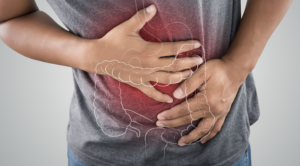

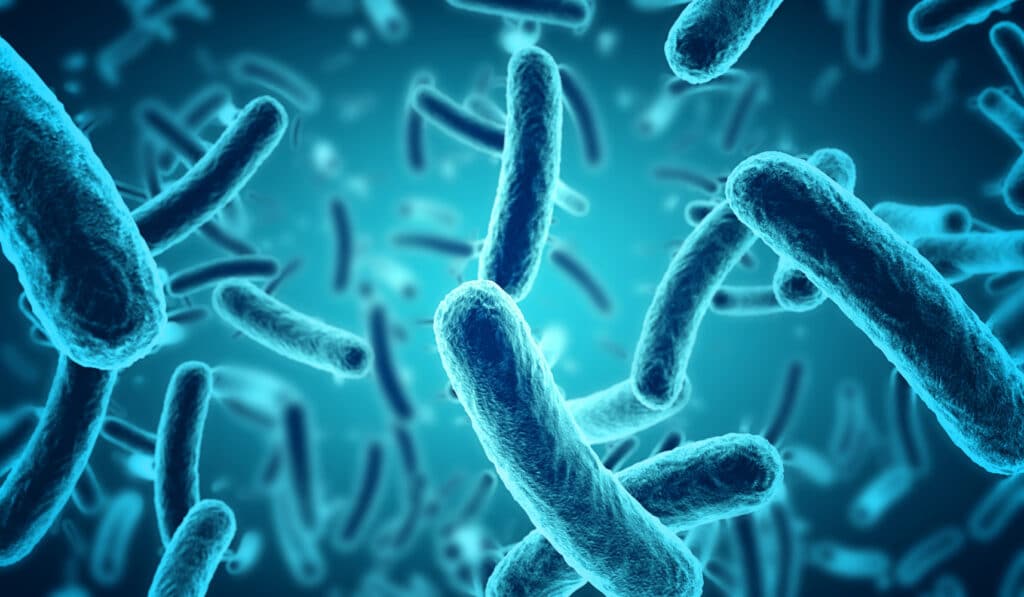


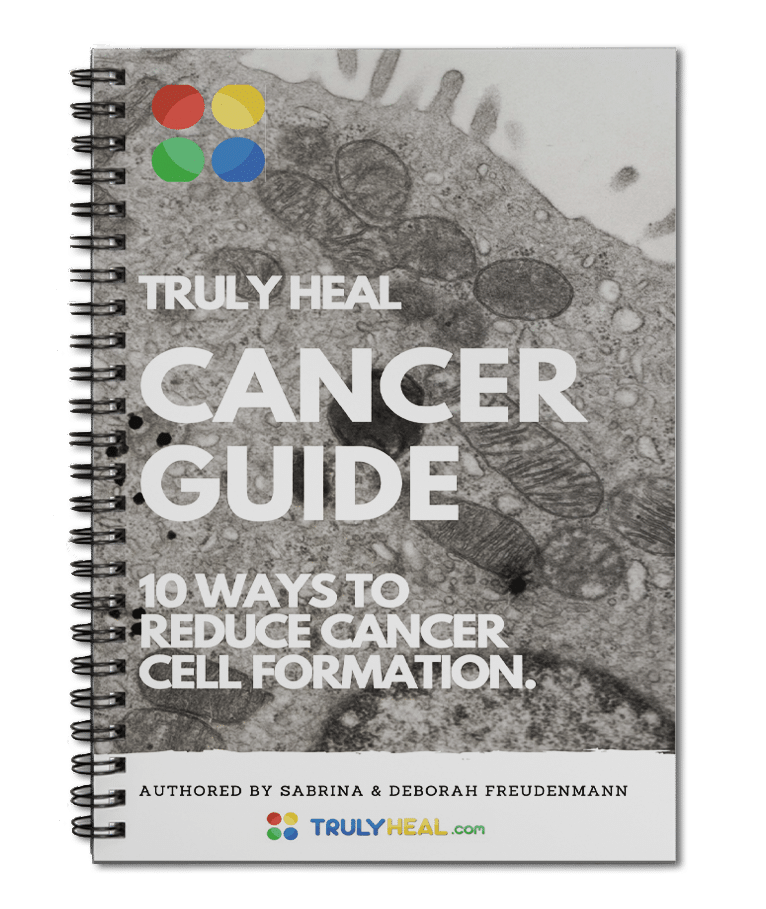
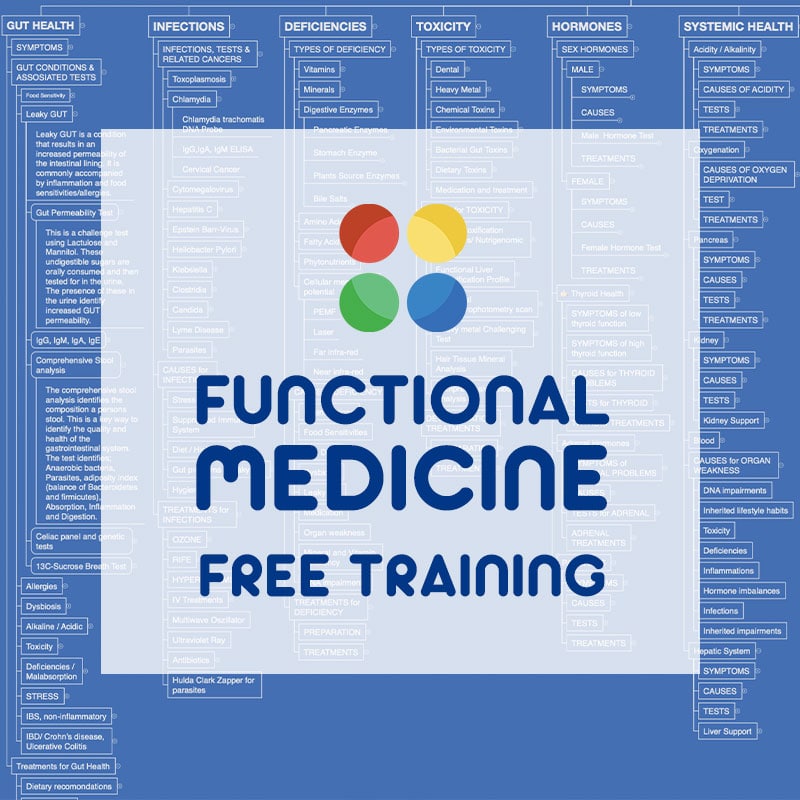
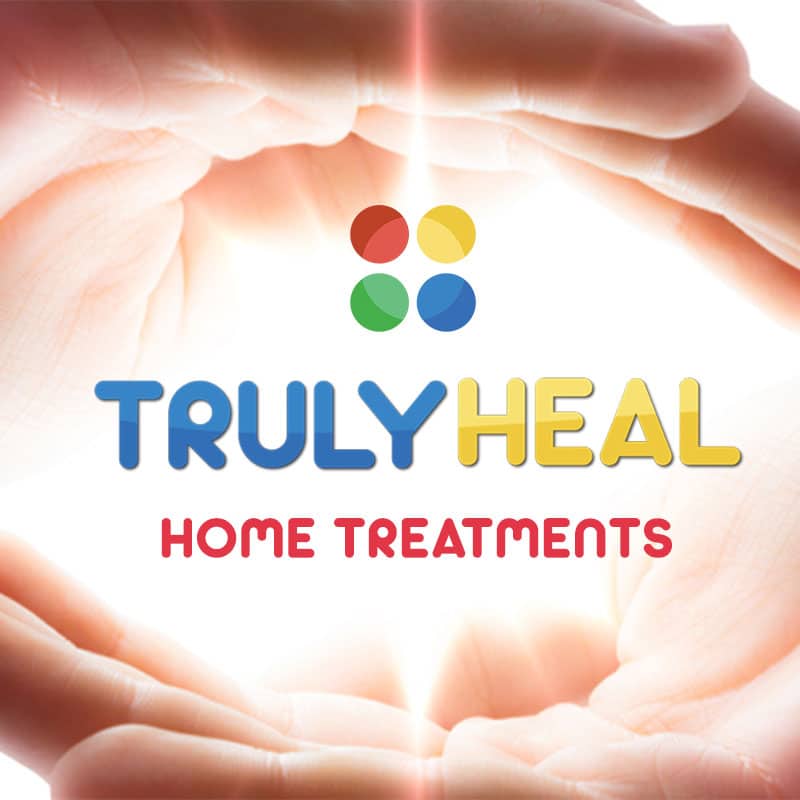

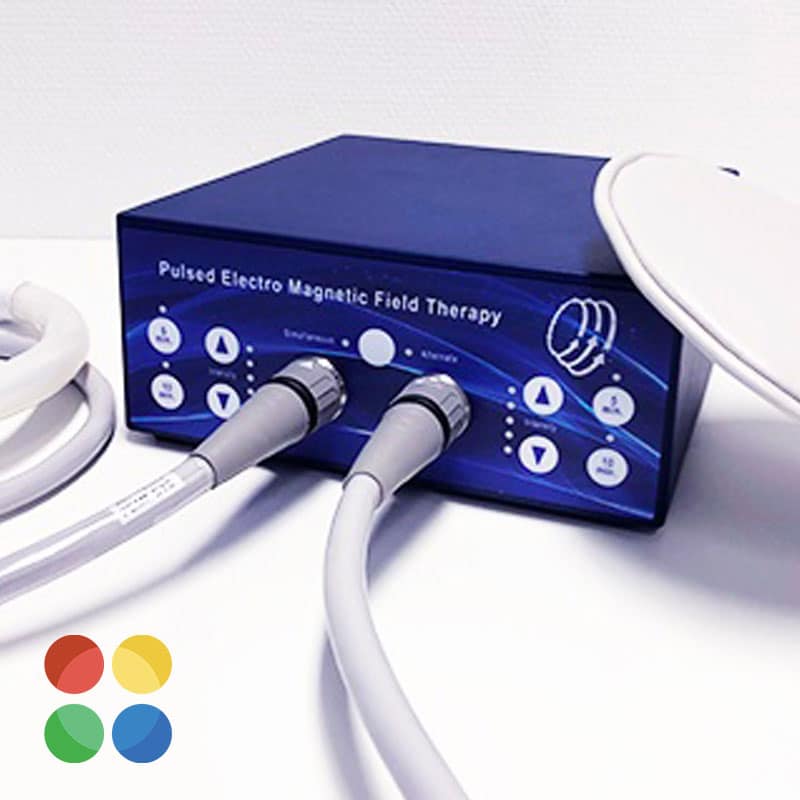

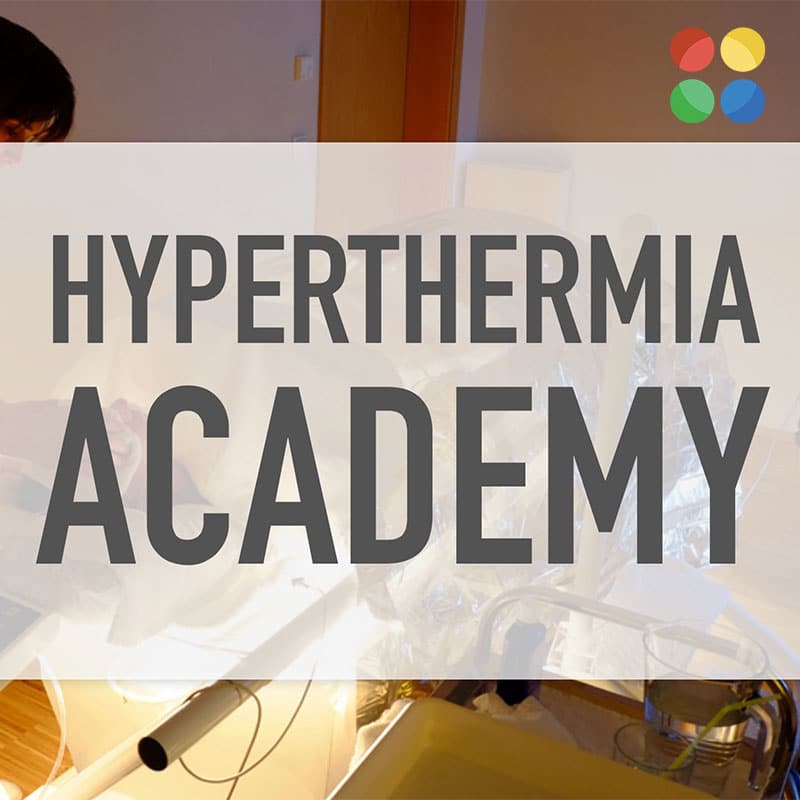


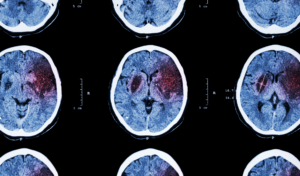
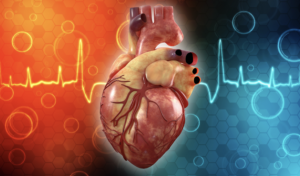
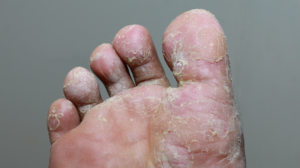

2 Responses
It is so refreshing to know that you are so passionate about Natural Medicine. I have been looking/watching Marcus’s videos for years now, so informative.
Thanks Duane. It is our pleasure. Now we can finally see all the content we have produced over the last few years. Hard to believe that we could fill 4 complete websites with the content from the old trulyheal. And it’s so easy to navigate now. Enjoy.